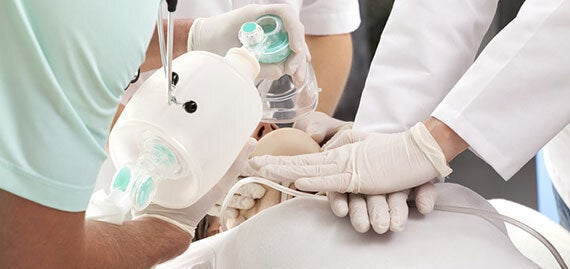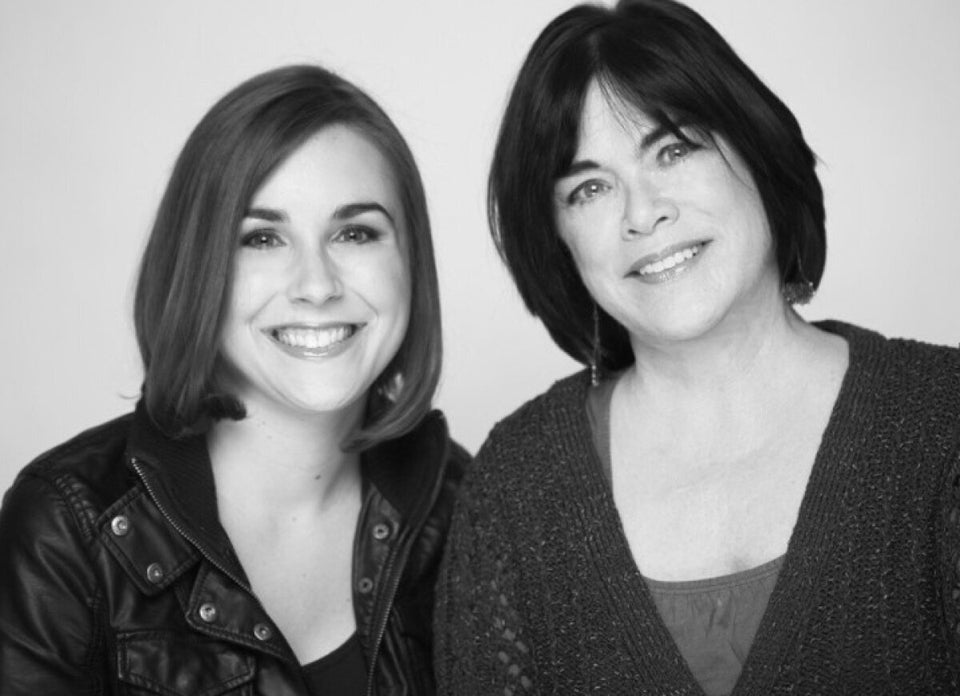
ThinkStock photo by Katarzyna Bialasiewicz
QUESTION: My husband has cancer and has ended up in the hospital several times because of complications from his illness. On a few of those hospital stays, doctors have asked if my husband wants CPR [cardiopulmonary resuscitation] should his heart stop beating. I am worried that they are going to give up on him if he agrees to no CPR. Why do they keep asking him the same question about CPR?
ANSWER: These are not easy discussions and you are understandably feeling protective of your husband. But keep in mind that a patient's condition -- and attitude about treatment -- can change over a period of time. That's why it's important for medical staff to ask these questions more than once.
"It is not a one-time conversation," explains Dr. Rob Fowler, an intensive care physician at Sunnybrook Health Sciences Centre. "It's often very relevant to reassess the goals of care."
Ideally, Dr. Fowler says, "we want to raise the issue directly with the patient." If the person isn't able to communicate, then the doctors will seek out the substitute decision maker, which is often a family member.
There are many common misconceptions about CPR -- created, in part, by prime-time medical television programs showing patients being brought back almost miraculously from the brink of death. There's no doubt that CPR can be a lifesaver in certain situations. But CPR is not quite as successful as it's portrayed on TV.
Dr. Fowler points to a study published in the New England Journal of Medicine in 1996. The U.S. researchers looked at the use of dramatized CPR in three TV medical series -- ER, Chicago Hope and Rescue 911.
"The success rate of CPR in the TV shows was about 70 per cent," says Dr. Fowler. "The reality, of course, is different and it depends on the context."
On average, probably less than 20 per cent of patients who receive CPR in hospital survive long enough to be discharged, he says. That rate drops precipitously with the severity of the illness.
"If you do CPR on patients who are very sick, advanced in age, or have terminal illnesses, the success rate dips into the low single digits," says Dr. Fowler.
More recent studies have found that the newer medical dramas on TV also leave viewers with an incomplete picture of CPR. What's often left out is the downside of the treatment, which can be very hard on frail patients.
CPR involves a series of very strong chest compressions. "They have to press down hard on the chest bone to force your heart to pump blood," explains Sally Bean, a Policy Advisor and Ethicist at Sunnybrook. In effect, the doctors are trying to squeeze your heart from the outside of your body.
"It's a lot of force on the chest and usually you break ribs by doing it," says Dr. Fowler. Internal organs can be damaged, too.
Depending on the heart rhythm (or electrical signals), the patient may also receive a powerful electric shock to the chest in order to restore a normal heartbeat.
Some patients are intubated -- a procedure in which a tube is inserted down the throat to deliver oxygen directly to the lungs.
"None of these things are pleasant," says Ms. Bean. "But if the person can benefit and survive then the potential harm caused by the interventions can be worth it."
Many years ago, CPR was performed in a limited number of situations such as near drownings, heart attacks, or other cases in which the heart suddenly stops pumping oxygenated blood throughout the body. If patients survived the experience, many could expect to go on and live normal lives.
But over time, CPR has become the default treatment in almost all cases of cardiac arrest. This includes hospital patients whose vital organs are shutting down as part of the end stage of chronic or terminal diseases. CPR may re-start the heart, but the underlying reason it stopped in the first place cannot be fixed or reversed. The patient could well suffer another heart stoppage in the near future. And, in the meantime, the brutal process of resuscitation has actually left the individual in a great deal of pain and in worse condition overall.
There may be damage to other organs, including the brain, from an extended period without oxygen before the heart was restarted.
"Sometimes mental function is less than what it was before the resuscitation," says Dr. Fowler. "And we certainly don't like doing therapies that bring people to a worse quality of life."
Indeed, it's important for doctors to talk to patients -- or their substitute-decision makers -- about care goals soon after they are admitted to hospital. Otherwise, CPR usually becomes the default therapy for cardiac arrest.
If a person doesn't want CPR, this information is recorded in the patient's medical charts, so his or her wishes are known to the other hospital staff members who are providing care. The no-CPR order remains in effect for only that one hospital admission. The next time the patient is back in hospital, the CPR order would need to be evaluated again. So the decision is by no means permanent.
Aside from forgoing CPR, everything else about a patient's treatment will remain the same.
"Patients continue to receive other types of care that are appropriate" for managing symptoms and reducing discomfort, says Ms. Bean. That might range from antibiotics up to and including the fairly aggressive therapies provided in the hospital's intensive care unit.
Nonetheless, there is a common misunderstanding that "no CPR" is another way of saying that all treatments are to be halted.
In your question, you express concerns that the doctors might "give up" on your husband. This is often a worry for many patients and families when the idea of withholding CPR is first mentioned by the medical staff.
It may be that these notions arise from the vocabulary that's traditionally been used to discuss this topic. At many medical centres, the decision not to use CPR is recorded in the patient's medical chart as a 'DNR order' -- which is short for "Do Not Resuscitate." DNR does have the sound of finality about it -- and it's a phrase that's often heard on TV medical shows.
To help bring more clarity to the discussion, some hospitals have dropped the term DNR in favour of other language.
At Sunnybrook, "we have switched our terminology to 'No-CPR,' in part because DNR is very misunderstood and some people think it means 'do not treat'," says Ms. Bean.
At some other Canadian hospitals, you'll find it called an 'AND order', which stands for "Allow Natural Death."
Words are important. But whatever words are used, you can rest assured that appropriate treatments will continue even if your husband doesn't want CPR.
Co-authored by Paul Taylor, Personal Health Navigator at Sunnybrook.
ALSO ON HUFFPOST:
